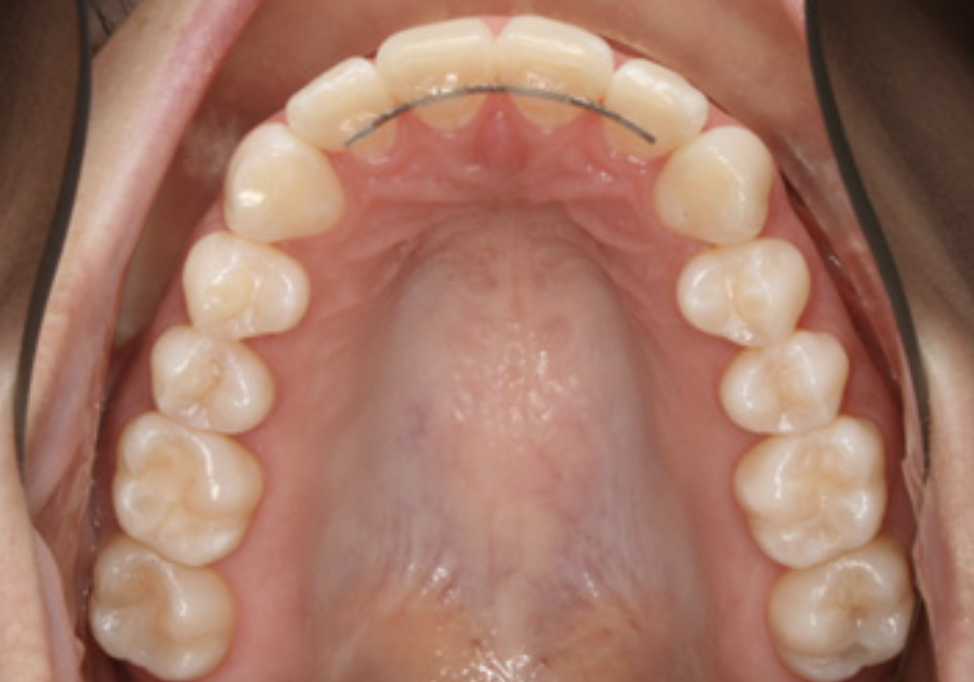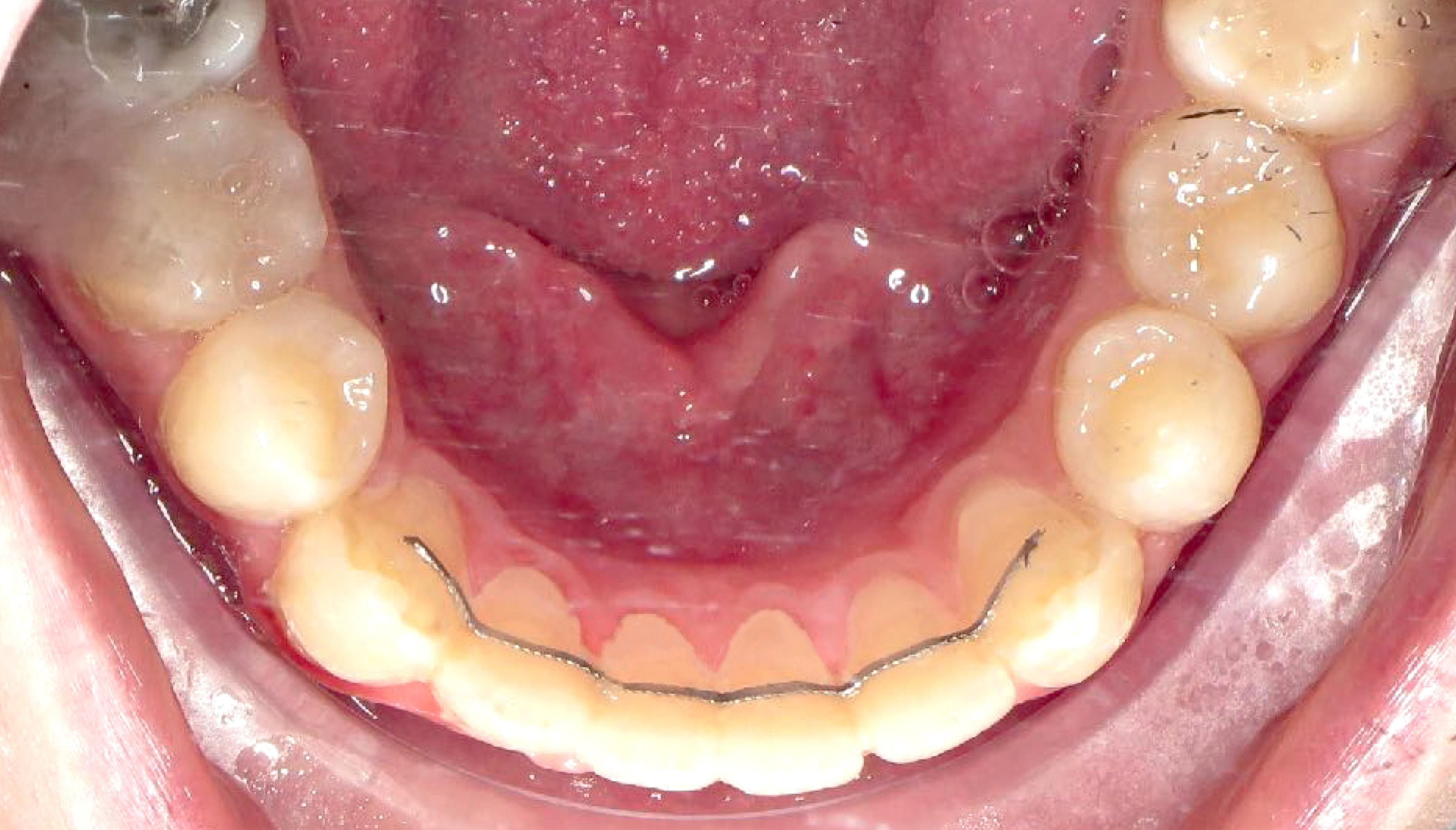If you’re here, chances are your trustworthy retainer has met an unfortunate end. Don’t fret! Mending these dental assistants isn’t as daunting as it seems. In this comprehensive guide, we’ll walk you through the ins and outs of retainer repair, empowering you to restore your smile’s alignment without breaking the bank.

Image: www.smileconcepts.com.au
What is a Retainer?
Retainers are orthodontic appliances that prevent teeth from shifting back to their original positions after orthodontic treatment. They come in various types, such as removable, fixed, and clear aligners, each with its own unique design and purpose.
Why Do Retainers Break?
- Biting hard foods: Chewing on hard candies, ice, or other unyielding treats can exert excessive force on the retainer’s delicate material, leading to cracks or breakage.
- Accidental mishandling: Dropping the retainer or exposing it to extreme temperatures can cause it to warp or break.
- Age and wear: Like any other appliance, retainers experience wear and tear over time, potentially weakening their structure.
Assessing the Damage
Before embarking on repairs, it’s crucial to assess the extent of the damage. If the retainer has minor cracks or loose wires, you may be able to fix it yourself. However, if the damage is severe, it’s best to seek help from a dental professional.
Here’s a simple test: If you can still wear the retainer without discomfort or if the damage is limited to a small area, you might be able to fix it yourself. Otherwise, it’s advisable to visit the dentist.

Image: dentistry.co.uk
DIY Retainer Repairs
If you’ve determined that the damage is repairable, here’s a step-by-step guide to fix your retainer at home:
Step One: Identify the Breakage
Examine the retainer carefully to locate the exact area of damage.
Step Two: Determine the Repair Method
Based on the location and extent of the damage, you can choose from two common DIY repair methods:
Retainer Glue (for minor cracks)
- Purchase orthodontic adhesive from a pharmacy.
- Apply a small amount of glue to the damaged area using a toothpick or cotton swab.
- Hold the retainer in place for a few minutes until the glue sets.
Dental Acrylic (for loose wires or larger cracks)
- Purchase dental acrylic repair kits from a dental supply store or online retailer.
- Mix the acrylic according to the manufacturer’s instructions.
- Apply the acrylic to the damaged area and mold it into place.
- Hold the retainer firmly for a few minutes until the acrylic hardens.
Professional Retainer Repairs
If your retainer is severely damaged or you’re uncomfortable with DIY repairs, don’t hesitate to seek professional help from your dentist or orthodontist. They have the expertise and equipment to fix or replace your retainer efficiently and safely.
Professional repairs typically involve:
- Examining the retainer and determining the best repair approach.
- Using specialized tools and materials to mend the damage.
- Realigning the retainer to ensure it fits properly.
While professional repairs may cost more than DIY methods, they offer several advantages:
- Time-saving: No need for research, material gathering, or repair attempts.
- Expertise: Dentists have specialized knowledge and skills for efficient repairs.
- Reliability: Professional repairs are typically more durable and long-lasting.
How To Fix A Retainer
Tips for Maintaining Your Retainer
To extend the life of your retainer and minimize the risk of damage, follow these maintenance tips:
- Handle with care: Avoid dropping or bending the retainer.
- Avoid hard foods: Limit chewing on hard candies, ice, or other hard items.
- Clean regularly: Brush your retainer daily with a soft toothbrush and toothpaste to remove food particles and bacteria.
- Store properly: When not in use, store your retainer in a clean, dry case to protect it from damage.
- See your dentist regularly: Schedule regular checkups with your dentist or orthodontist to ensure your retainer fits properly and is in good condition.
By following these tips, you can keep your retainer in top shape and maintain your beautiful smile for years to come.







